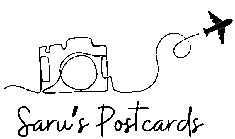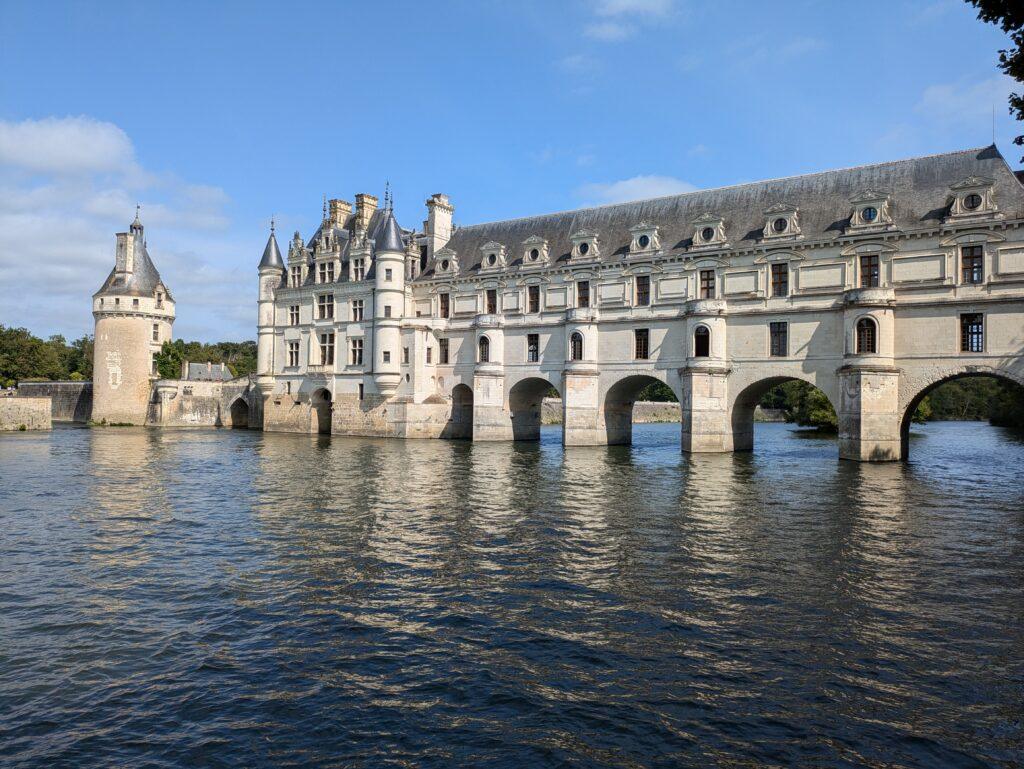Living in France, I’ve had the privilege of visiting many Loire Valley castles, but Chenonceau Castle always stands out as one of my favorites. One of the most iconic castles in the Loire Valley, it gracefully spans the River Cher, making it instantly recognizable. Its architecture is remarkably well-preserved, and walking through it makes you wonder how such grandeur was built and how everything functioned centuries ago.
If you love Loire Valley castles, check out my Villandry Castle gardens blog for a personal diary of one of the most beautiful Renaissance gardens, or my France travel guide for more hidden gems across the country.
Arriving at Chenonceau Castle
I remember the first time I arrived at Chenonceau. Driving along the Loire Valley, the castle suddenly appeared, arching elegantly over the river. Seeing its reflection mirrored in the water instantly felt magical—like stepping into a painting.
Chenonceau is famously known as the “Château des Dames” (Castle of the Ladies). Remarkable women, including Diane de Poitiers, Catherine de Medici, and Louise Dupin, shaped its history, gardens, and interiors. Knowing that so many influential women left their mark makes wandering Chenonceau feel like stepping into a story written over centuries.
From the moment you enter the grounds, you feel the combination of elegance, history, and human creativity that makes this castle so captivating.
Exploring the Gardens of Chenonceau
Chenonceau isn’t just a marvel of architecture; it’s also a showcase of landscaped gardens designed and maintained by the influential women of the castle. Each garden has its own story and personality.
The Diane de Poitiers Garden
The first garden you encounter is the Diane de Poitiers Garden, a classic example of Renaissance symmetry. Ornamental plants, manicured hedges, and geometric flowerbeds reflect Diane’s refined taste. This garden is elegant and serene, offering a glimpse into the life of the woman who was the favorite of King Henry II.
The Catherine de Medici Garden
After Diane, Catherine de Medici took over and added her own vision to Chenonceau. The Catherine de Medici Gardenfeatures vibrant seasonal blooms, precise flowerbeds, and a slightly more theatrical feel. It’s fascinating to imagine how these two very different women influenced the gardens and the castle itself.
The River Walk
Along the Cher River stretches a long path where the castle’s reflection in the water is simply perfect for photography. Walking here, you can almost hear the whispers of history—the footsteps of queens, courtiers, and guests who once admired the same view centuries ago.
Walking the gardens in spring or late summer, I often find myself imagining the ladies of the castle strolling here, overseeing the gardens, hosting gatherings, and planning the life of one of France’s most elegant estates.
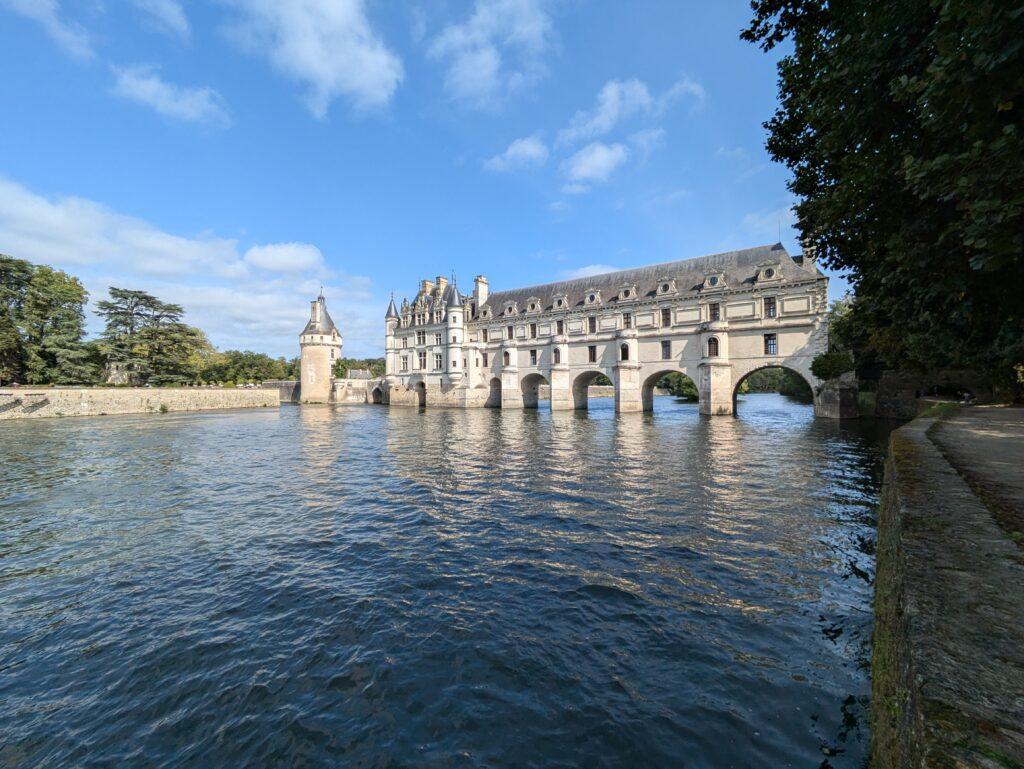
Inside Chenonceau Castle
Inside, the long gallery that stretches over the river is awe-inspiring, filled with paintings, tapestries, and artifacts from centuries of noble life. The intimate chambers and historic kitchens tell stories of a castle that was not only elegant but also functional.
One feature you absolutely cannot miss is the apothecary, which is magnificently preserved. Walking through it, you can see the original jars, cabinets, and labels—an incredible glimpse into 16th- and 17th-century medicine. I was fascinated by how detailed and organized it was, and it really adds to the sense that Chenonceau was a fully functioning estate, with every corner carefully thought out.
Chenonceau’s history is astonishingly rich. During World War I, the gallery over the river was converted into a hospital ward, treating wounded soldiers. Later, during World War II, the castle’s position spanning the river made it a border between occupied and free France, and it was cleverly used to aid resistance efforts. Walking through the castle, it’s incredible to think how such a beautiful place also played a critical role during wartime.


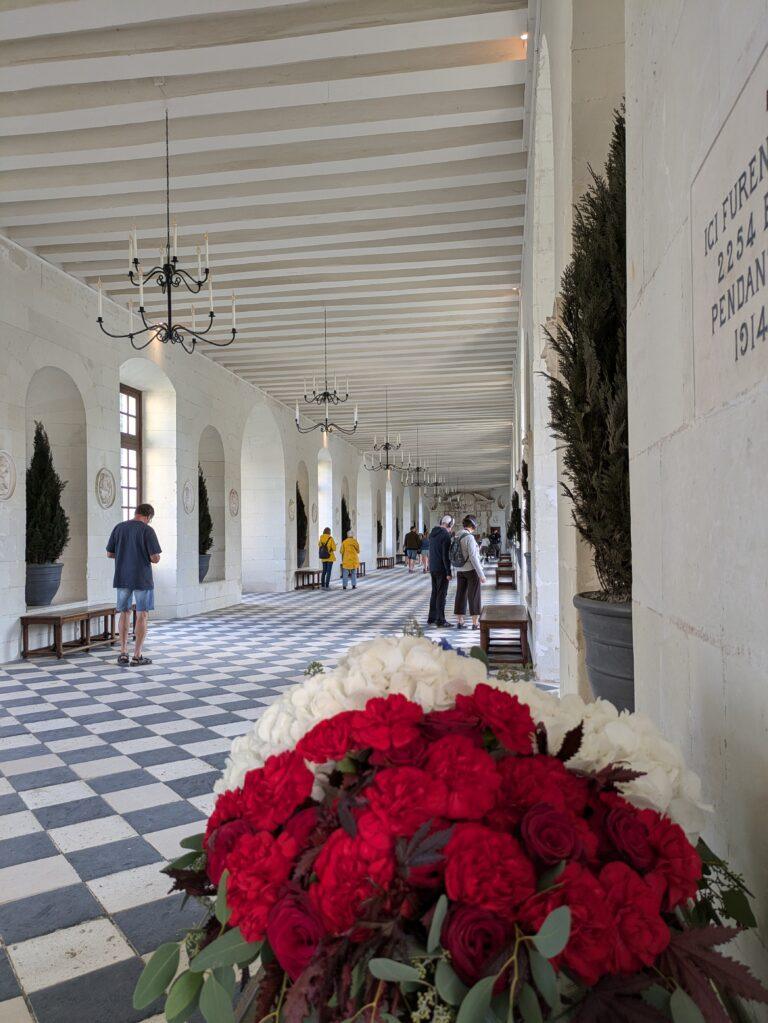
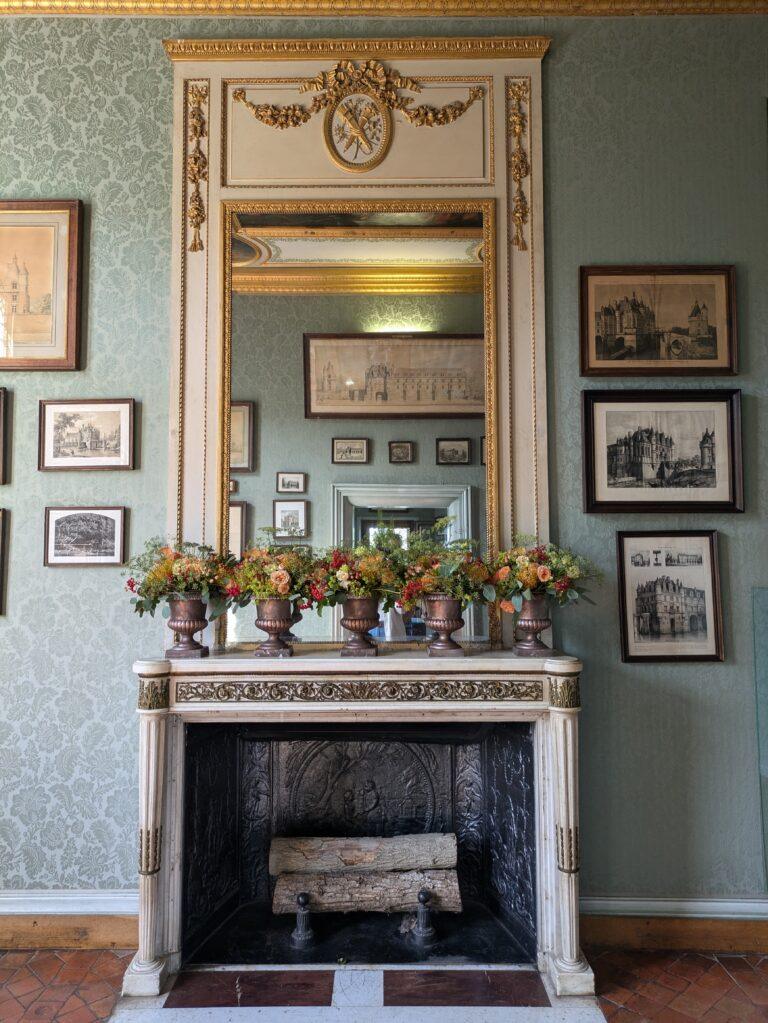
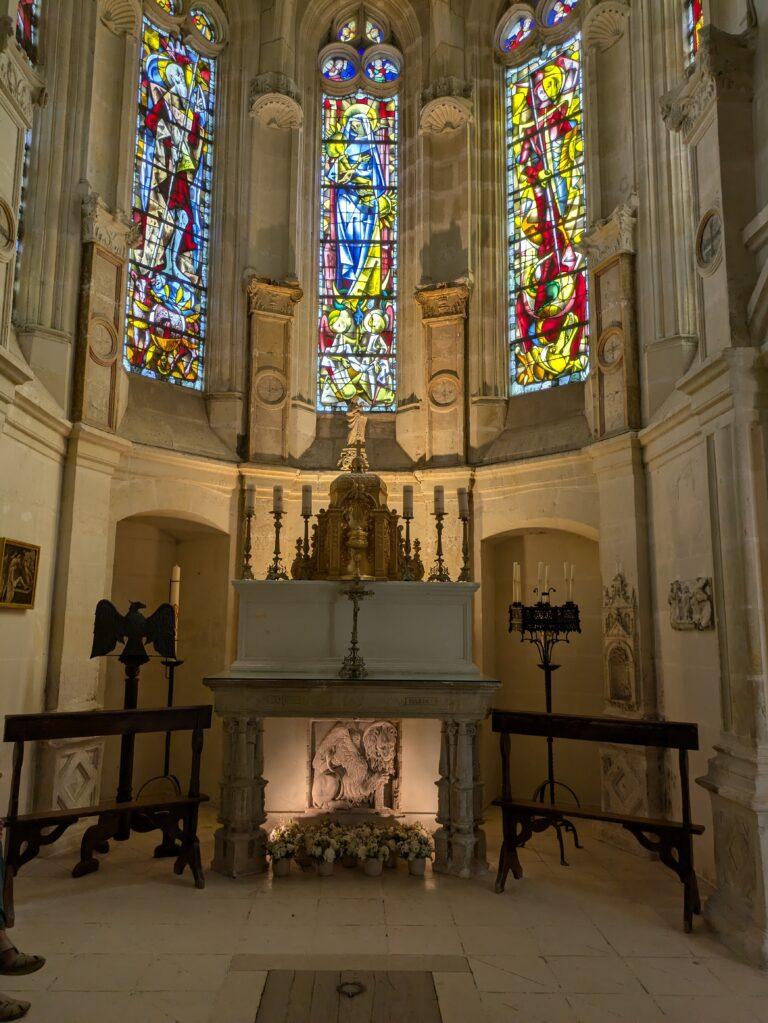

Why Chenonceau Castle Stands Out
For me, Chenonceau isn’t just a castle to admire—it’s a castle to experience. Its graceful arches over the river, elegant gallery, meticulously preserved gardens, and even the fascinating apothecary make every visit unforgettable. The nickname “Château des Dames” is fitting—it’s a monument to the incredible women who shaped its history and beauty.
Knowing how the castle was used during the wars adds another layer to its story. It’s a place of elegance, power, and resilience—a true icon of the Loire Valley.
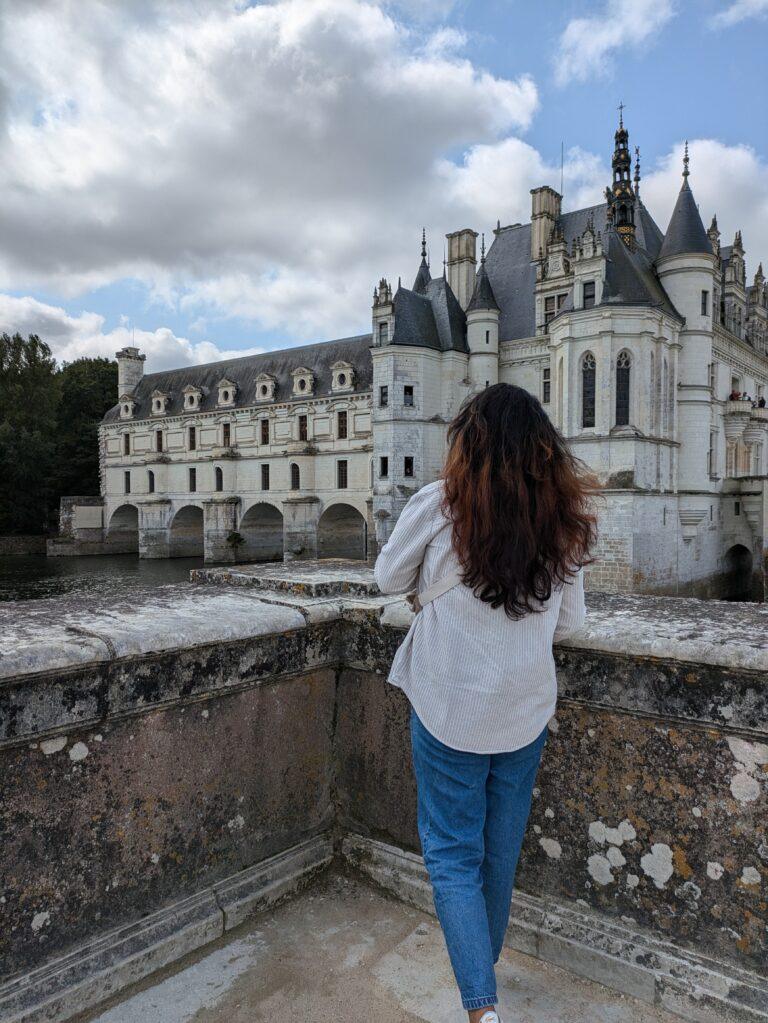
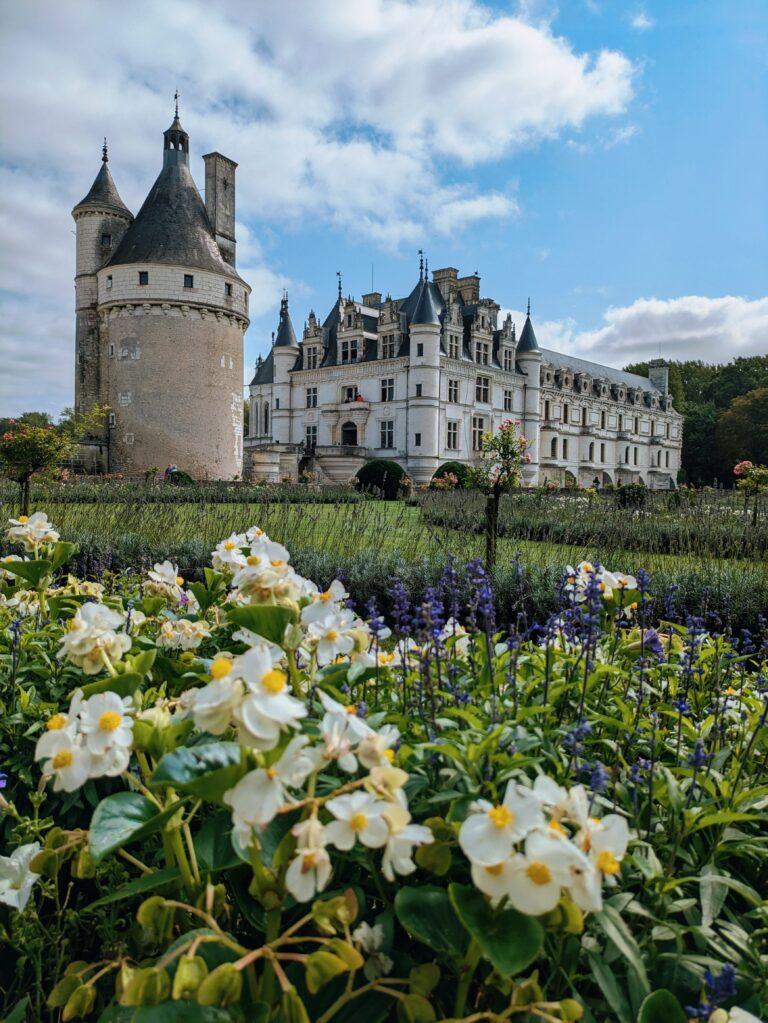

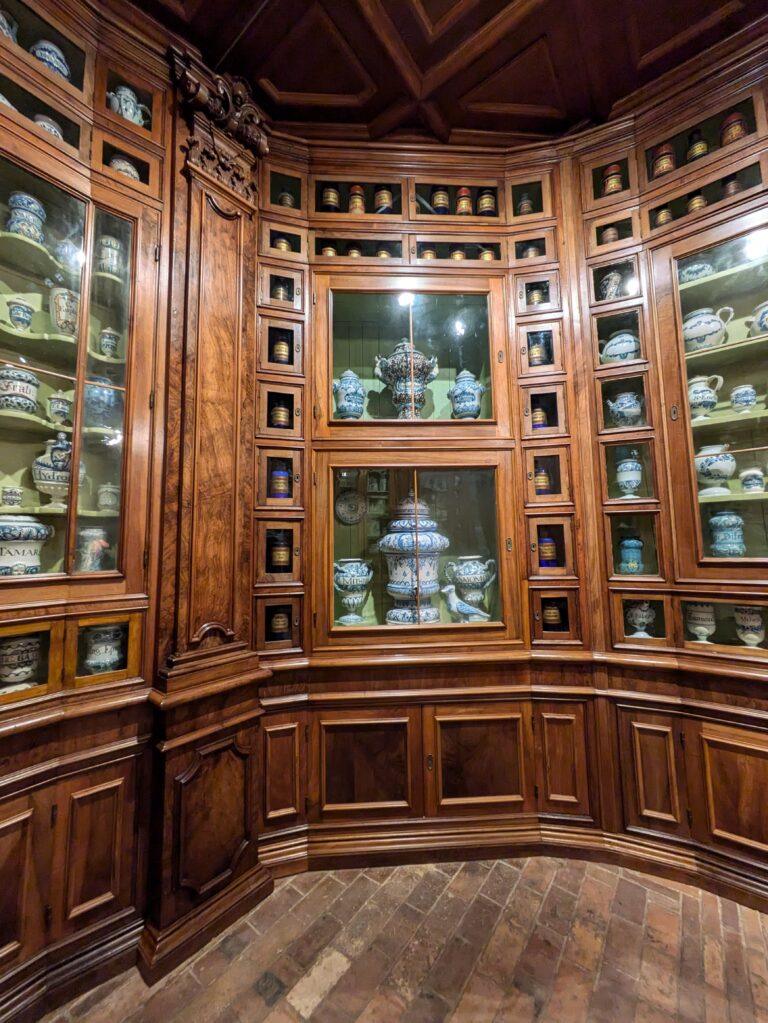
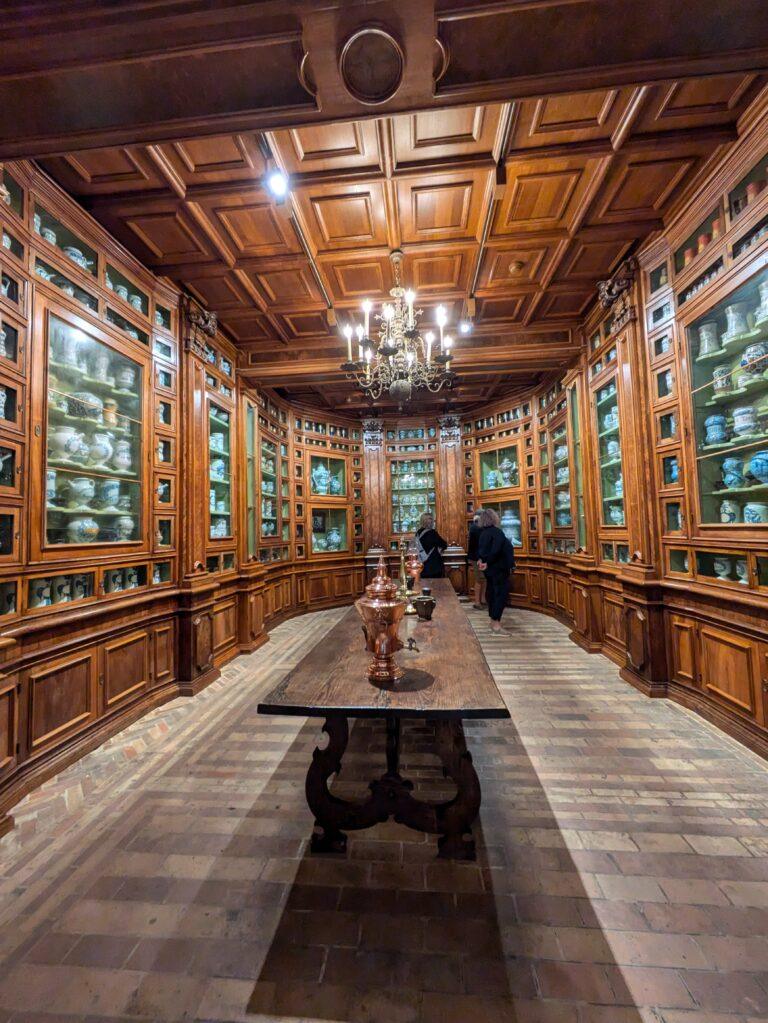
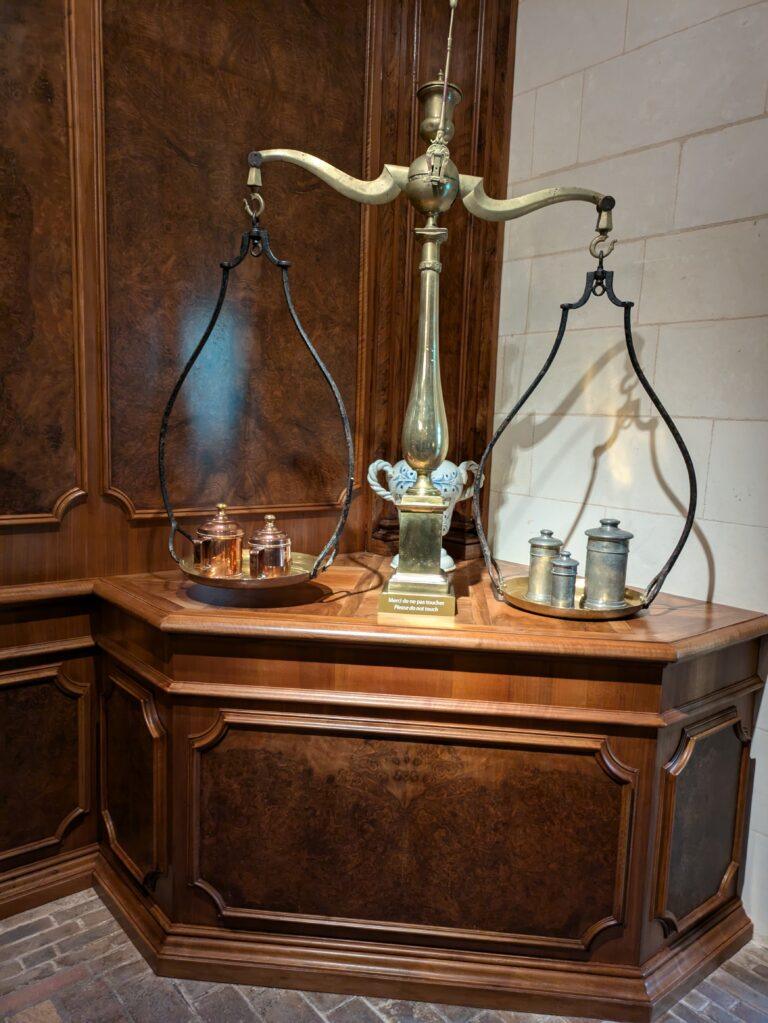
Practical Information for Visiting Chenonceau Castle
📍 Location: Chenonceau is about 25 km from Tours, Loire Valley, France.
🚗 By Car: Around 30 minutes from Tours, with parking available nearby.
🚆 By Train: Take a train to Bléré-La Croix station, then a short taxi ride.
🚌 By Bus: Local buses connect Tours with Chenonceau in summer months.
⏰ How long to spend: At least 2–4 hours to enjoy both the gardens, apothecary, and interior.
For official opening times, tickets, and seasonal events, visit the Chenonceau Castle official website.
Tips for Visiting Chenonceau Castle
🌸 Best time to visit:
Spring (April–May): Tulips and spring flowers.
Summer (June–August): Gardens in full bloom, long daylight hours.
Autumn (September–October): Fewer crowds, golden reflections in the river.
⏰ Best time of day: Early morning or late afternoon for softer light and fewer tourists.
📷 Photo tips: The gallery bridge over the river is perfect for reflection shots; terraces give panoramic views of the gardens.
👟 Wear comfortable shoes: Gardens, castle interiors, and the apothecary involve quite a bit of walking.
🥖 Bring a picnic: There are shaded areas along the Cher River ideal for a relaxing snack after exploring.
Pairing Chenonceau with Other Loire Valley Highlights
While Chenonceau is unforgettable on its own, combining it with other Loire castles enhances your trip:
Villandry Castle: For breathtaking Renaissance gardens
Château de Chambord: For grandeur and monumental architecture
Château d’Azay-le-Rideau: For intimate Renaissance charm
Together, these destinations provide a comprehensive Loire Valley experience, blending history, art, gardens, and elegance.
Final Thoughts
Chenonceau Castle is one of those rare places where history, architecture, and nature merge seamlessly. Every visit leaves me enchanted—whether I’m admiring the arches over the river, wandering the gardens, exploring the apothecary, or stepping inside the gallery that hosted centuries of queens and influential women.
Its rich history, including its role during World War I and II, adds depth to its beauty. Walking through Chenonceau, you can almost feel the resilience and vision of those who lived and worked here. The “Château des Dames” nickname is a reminder that this castle is not just stone and flowers—it’s a legacy of elegance, courage, and enduring influence.
💬 Have you visited Chenonceau Castle? Share your favorite parts or experiences in the comments—I’d love to hear your stories!
✨ For more Loire Valley inspiration, check out my other blogs:
Take your time at Chenonceau, enjoy the views over the Cher, and let the castle’s beauty and stories leave a lasting impression—just like it did on me.
